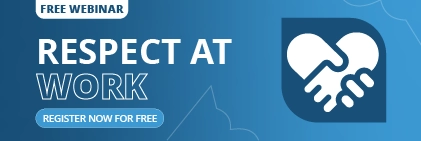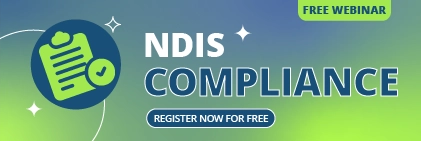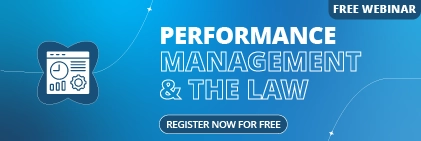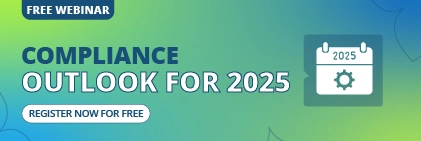Many Australian schools employ spreadsheets, paper records, shared drives, and SharePoint sites to manage essential functions such as staff development, risk registers, policy adherence, and incidents. School leaders indicate that these legacy approaches are increasingly struggling to keep up. Minimum previously satisfactory requirements no longer meet the demands of a world typified by stricter rules and greater expectations from parents, regulators, and governing bodies.
The Limitations of Manual Compliance Management
Critical activities are overlooked when duties are dispersed throughout disconnected systems and manual procedures. Board or audit question preparation is inconvenient without real-time visibility, and incident response can be slow.
Some of the areas for pitfalls are:
- Training renewals are being missed, which creates gaps in compliance
- Policies emailed or shared in folders with no simple method to ensure acknowledgements
- Incident reports are scattered throughout paper-based records and electronic directories without any consistency or auditability
- Risk registers are maintained as static documents instead of being living, breathing decision-making tools
- Leadership teams waste hundreds of hours compiling reports instead of being able to see data in real-time
How a Committed GRC System Addresses These Problems
A unified Governance, Risk, and Compliance solution like Sentrient consolidates all compliance activity into one safe space. Through automation of manual tasks and disciplined workflows, schools can enjoy:
- Live visibility of compliance performance through dashboards
- Automated administration and tracking of training, assignments, reminders, and completion
- Electronic distribution of policies with secure sign-off and monitored acknowledgements
- Disciplined management of incidents, from confidential reporting right through to monitoring of resolution
- A dynamic risk register that adapts as new threats emerge and priorities shift
- Simple report generation for audits, board meetings, and regulatory filings
The result is a compliant, prepared, anticipatory, and resilient school.
Reactive Processes To Strategic Leadership
The adoption of digital transformation in education goes beyond just implementing new technology. It promotes student and staff safety, improves accountability, and fosters a culture of trust. By moving from spreadsheets, SharePoint libraries, and paper documents to a structured GRC system, schools can eliminate administrative hurdles, better manage risk, and provide timely, accurate insights to leadership teams.
Conclusion
Electronic compliance is a strategic imperative today. Implementing Sentrient’s GRC system enables Australian schools to upgrade confidently and move from reactive to proactive stewardship. As the systems increase, so does the school’s capability to deliver secure, quality education.
Read More About Governance, Risk Management, and Compliance:
- How GRC Strategies Protect Your Organisation from Risks and Liabilities
- Overcoming GRC Implementation Challenges: A Comprehensive Guide
- The Benefits of Integrating GRC into Your Business Operations
- How to Build a Risk Assessment Framework: 5 Steps Explained
- The Future of AI in Governance, Risk and Compliance (GRC): A Detailed Guide





